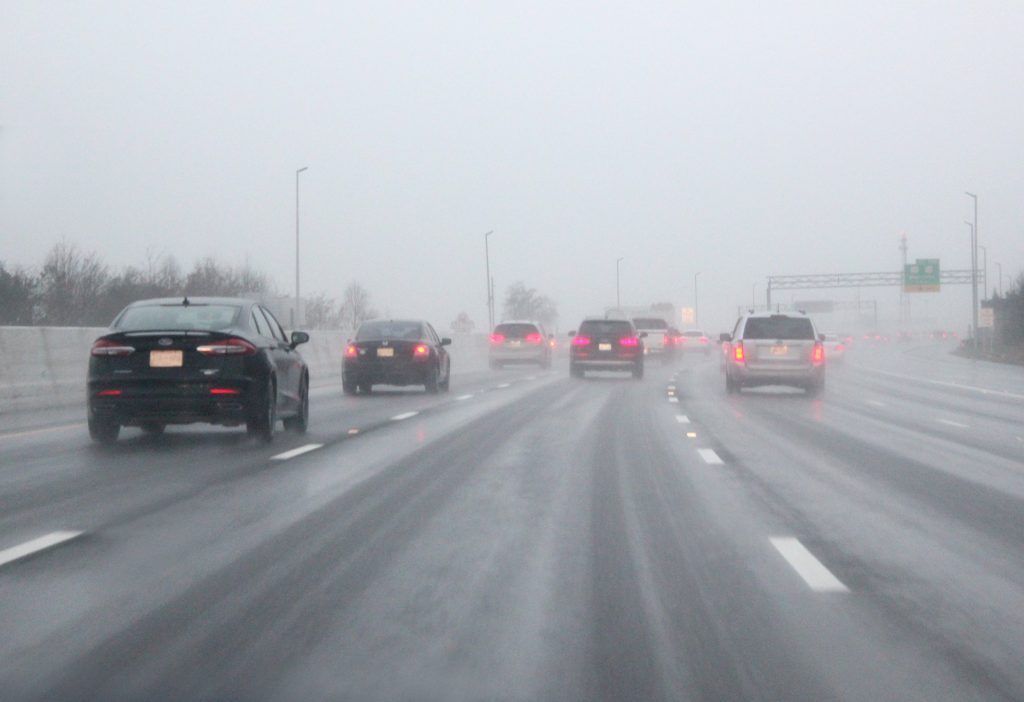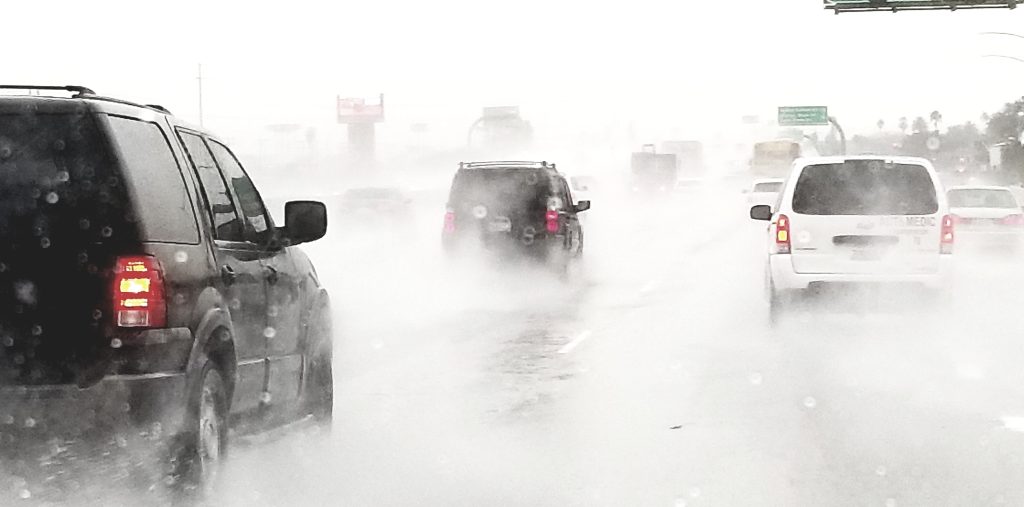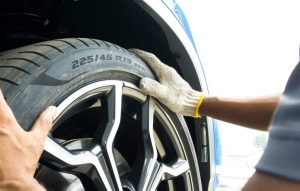There are several elements that could pose a danger in the road, such as wild animals, accidents, landslides, or even careless drivers.
Among these elements that are beyond the driver’s control is driving in adverse weather conditions.
They can cause the traffic to slow down, as well as visibility issues, and in some cases, even an accident.
So today, we are going to talk about adverse weather conditions and how to drive when the weather is harsh.
First of all, we need to clarify what “adverse weather conditions” means.
The American Code of Federal Regulations defines adverse weather conditions as the set of atmospheric conditions such as intense snow, wind, ice, or rain that were not known, or could not be known, to a driver, and which could pose a serious danger for road users.
Some of the dangers of heavy rain include: hydroplaning, hard braking, and visibility issues, among others.
Malaysian drivers often experience intense rain, especially during the monsoon season from October to March.
Luckily these types of conditions should be beginning to subside now, but it is still a good idea to know all these driving techniques for the future.
That’s why, on this post of our blog, we will offer some advice on how to drive when the weather conditions are not ideal:
1. Check Your Lights Before Starting Your Journey
As we mentioned on our previous blog on how to prepare for a night time ride, good visibility is always crucial, especially with adverse conditions such as heavy rain or fog.
That’s why checking your front and rear lights is particularly important in order to be able to see, and more importantly, to be seen.
2. Use the 3 to 4-second Rule
Keeping your distance with other vehicles is always recommended, but when it comes to adverse weather conditions, a few seconds can really make the difference between avoiding an accident and causing it.
Wet or slippery roads can make tires lose traction and skid more easily.
That’s why keeping a larger distance between you and the car in front of you can help you to avoid a collision if you skid when braking.
For that reason, it’s advisable to stay 3-4 seconds behind the car in front of you. This is called the 3-4 second rule and has helped prevent many road accidents.
3. Avoid High Speeds
Driving at high speeds can increase the risk of accidents on the road. If you add harsh weather conditions to the equation, the risk of collision increases exponentially.
That’s why we would recommend slowing down, accelerating, and decelerating slowly, especially before a turn or bend, and paying close attention to what’s happening on the road.
On the other hand, it would also be advisable to avoid braking abruptly, since that would increase the risk of aquaplaning.
4. Use Higher Gears
To avoid skidding, it is always advisable to put your car in a high gear and drive slowly.
That way, you’ll prevent the wheels from spinning, and hence allow your car to drive smoothly over the icy or slippery surface.
If your car already started skidding, try to steer in the direction that you are skidding.
This way, you’ll align your tires in the same direction the car is sliding so they can roll with the inertia.
5. Pull Over if You Need To
Sometimes it is best to stay safe and simply stop the vehicle.
So, if you find yourself stuck in heavy rain, snow, or if the fog is too dense to continue, try to pull over somewhere safe and wait until it passes.
6. Avoid Any Distractions
On a previous post of our blog, we mentioned how important it is to stay focused while driving and avoid distractions in order to prevent possible accidents.
With adverse weather conditions, it is extremely important to keep your senses sharp and stay alert to spot any strange events or noises near you.
For greater focus, try driving without listening to music or with your windows down.
This way, it’ll be easier for you to hear other vehicles on the road that are close to you.






